Oscar Nemon’s statue of Sigmund Freud at the Tavistock Clinic glares out with such a contemptuous look of superior knowledge that Freud’s housekeeper told him it made him look too angry. “But I am angry,” replied Freud. “I am angry with humanity.”
Meanwhile, the cover image of Adam Phillips’s new book on psychoanalysis, On Giving Up, is a detail of a figure from Michelangelo’s “Last Judgment,” cast down to damnation, face in hand, his eyes wracked with fear and regret, his muscular ring finger grinding anxiously into his muscular forehead. If you didn’t recognize him from the Sistine Chapel you could imagine an angry Freud, not an impassive Christ, glaring at him just out of shot.
Phillips, while he can possess a contemptuous glare, is at least not angry with humanity. He is the Donald Winnicott of our age, a decorated child psychotherapist, and, like Winnicott, his creative and literary talents have few analytical peers.
On Giving Up is a collection of seven new, loosely associated essays. Two of them stand out in their brilliant use of the dialectical psychoanalytic method (otherwise known as the old switcheroo, or as Freud put it once: “Heads I win, tails you lose.” A chapter titled “Dead or Alive” could have been called “How dead do we need to make ourselves in order to live?” One on censorship contends that the censor is necessary for intellectual survival. In each essay, it is Freud who unlocks the key insights, here observing that of those things that are forbidden, it is only the untrue statements that pass the censor, never the true. Phillips recasts this beautifully by referencing Nietzsche: we have censorship (rather than art) that we may not perish of truth.
As a child psychotherapist, Phillips talks often with children in mind. Children have to give up on being young, and the whole act of growing up is a gradual process of being left out; yet there is something much worse than giving up, and that is being given up on.
There is something much worse than giving up, and that is being given up on
Lacan figures heavily, and if it is true that analysts summon up their theories in their patients, what Phillips’s Lacan summoned up in this reader was frustration. Having made extensive use of Lacan’s concepts of frustration and desire in the chapter “On Wanting,” Phillips’s complete omission of the word “frustration” during a chapter on Lacan called “On Being Left Out” seemed perverse, almost erotic, in its intellectual edgelording. Well, if anything it proves Lacan was right: frustration does reveal desire.
The most glaring absence is Melanie Klein. The word “guilt” (one of Klein’s discoveries was that guilt, not sex, is one of the original and most motivating states of mind) is not mentioned once in a whole section dedicated to Freud’s observation of the peculiar phenomenon of people who become ill as a result of their own success. The same historic psychoanalytic wars of ideas have also rendered W.R. Bion, Samuel Beckett’s analyst and England’s greatest little-known intellectual, invisible.
Phillips has spoken of how during his own formation in the 1970s the psychoanalytical community contained at the same time pioneering geniuses before posterity recognized them and bitter dogmatists before posterity airbrushed them out. Now recognized within psychoanalysis as a genius of major international importance, Bion finally left London for Los Angeles in the late 1960s (just before Phillips started), precisely to escape the oppressive atmosphere that lingered on that Phillips himself experienced. Before he left, Bion made an immense personal impression on Lacan, who said of their one meeting: “The flame of creation burns within him; we are in the presence of one of those beings who are solitary in even their highest achievements.”
During the period between 1956 and 1968, Bion and his rightfully well-known peer Winnicott alternated the presidency of the British Psychoanalytical Society, yet due to deadening institutional politics they barely communicated. As a young Winnicott researcher I once uncovered a letter from Winnicott to Bion’s wife apologizing for falling asleep during her husband’s lecture. Phillips, whose biography of Winnicott is one of the cornerstones of modern psychoanalytic writing, is, like his subject, still “asleep” to Bion, although unlike Winnicott he does not blame a warm room and a large lunch. Half a century later the interplay between Bion’s and Winnicott’s perceptions of what it is to be human are at the heart of the debate in modern international psychoanalysis, and may yet be painstakingly rewoven into a single tapestry. Phillips’s work, however, still holds to old party lines, and those in the know might feel that occasionally he is preaching to the converted — or worse, lecturing to an emptying room.
Sometimes Phillips’s observations are so clinically astute and bold that they rightly belong within professional journals. He admitted in an interview last year that he leaves in anything he writes that he finds interesting. Is it this very quality of his work — its interestingness — that precludes its utility to clinicians? Why isn’t one of psychoanalysis’s most important voices writing to his own peers? Tell me to whom you submit your work for peer review, and I will tell you who you are (as the surrealist André Breton “should have said” — a fantasy Phillips uses repeatedly for Breton, but also Kafka, Freud and Lacan). Or, would an academic journal also “become ill” if it produced work as good as this? Luckily for the psychoanalytic journals, they are unlikely ever to find out.
And as Winnicott realized, such failures can be a sign of progress, a breakthrough. An analysis is a success when you realize it can’t help you any more. One thing that must be given up, which Phillips does not address, is psychoanalysis. Or as Bion once cheekily put it: “Some patients get better; the rest become psychoanalysts.”
This short, subtle and nuanced book is a fast and stimulating read: an account of how giving up is a form of progress, and how giving up is a form of loss — and yet strangely, or predictably, the only person who always comes out on top is Freud.
This article was originally published in The Spectator’s UK magazines. Subscribe to the World edition here.



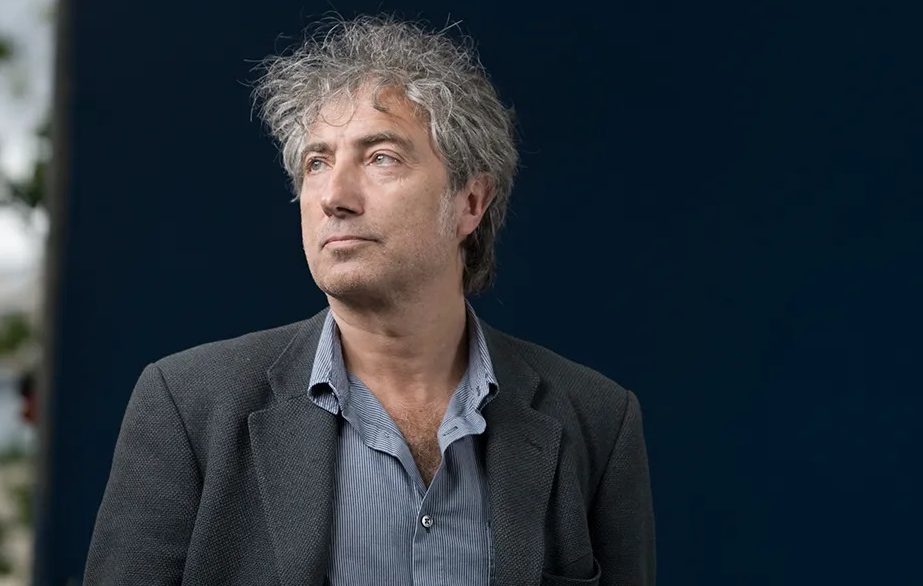








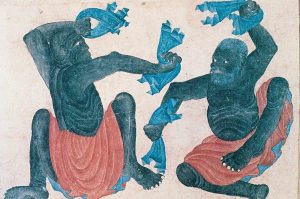

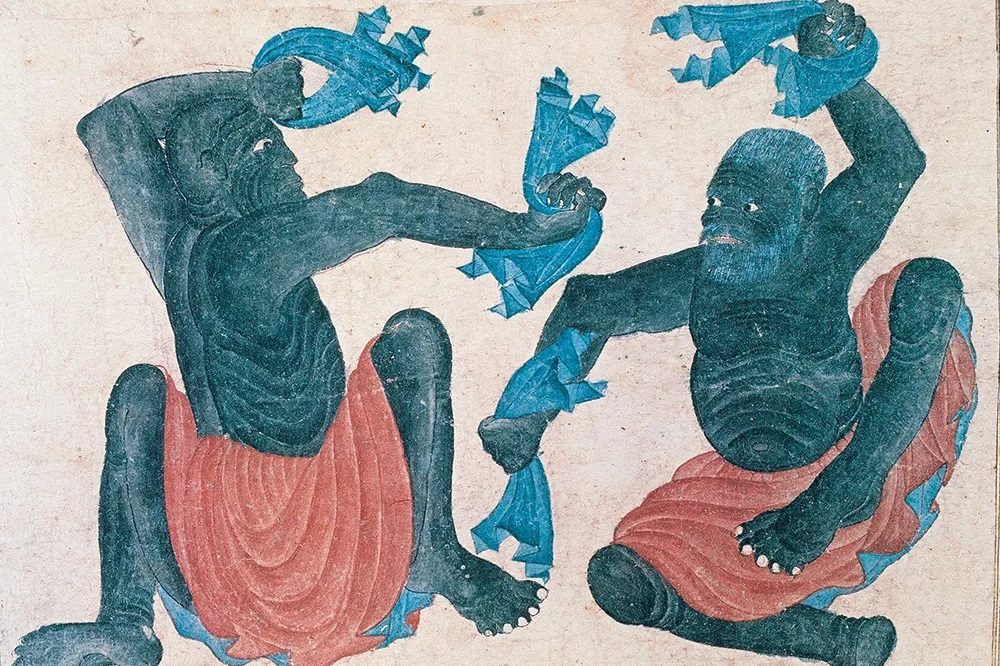

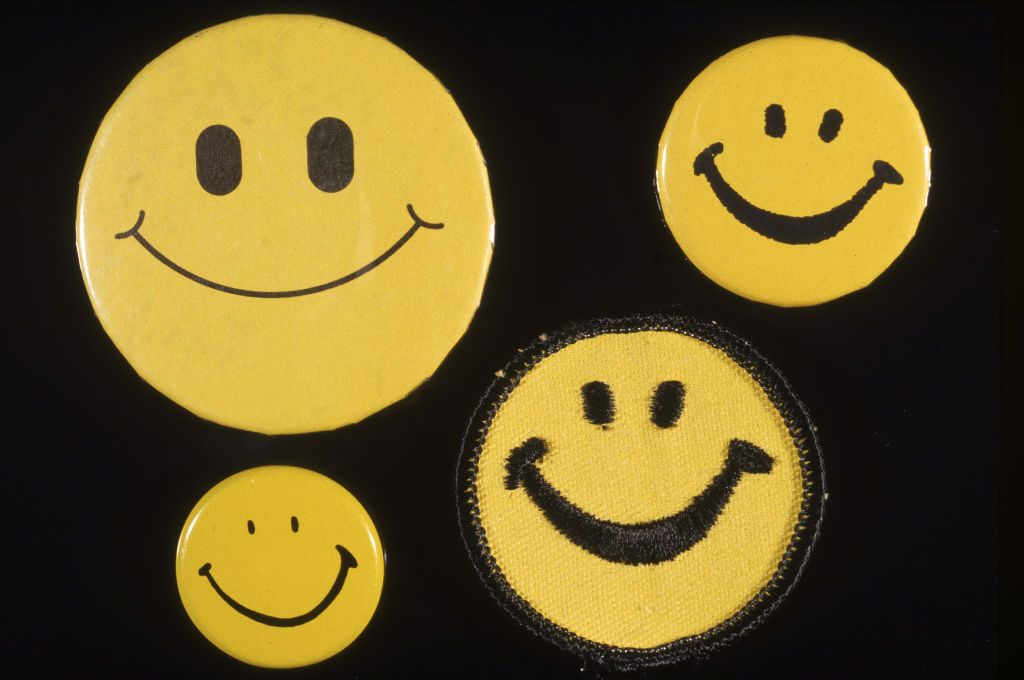

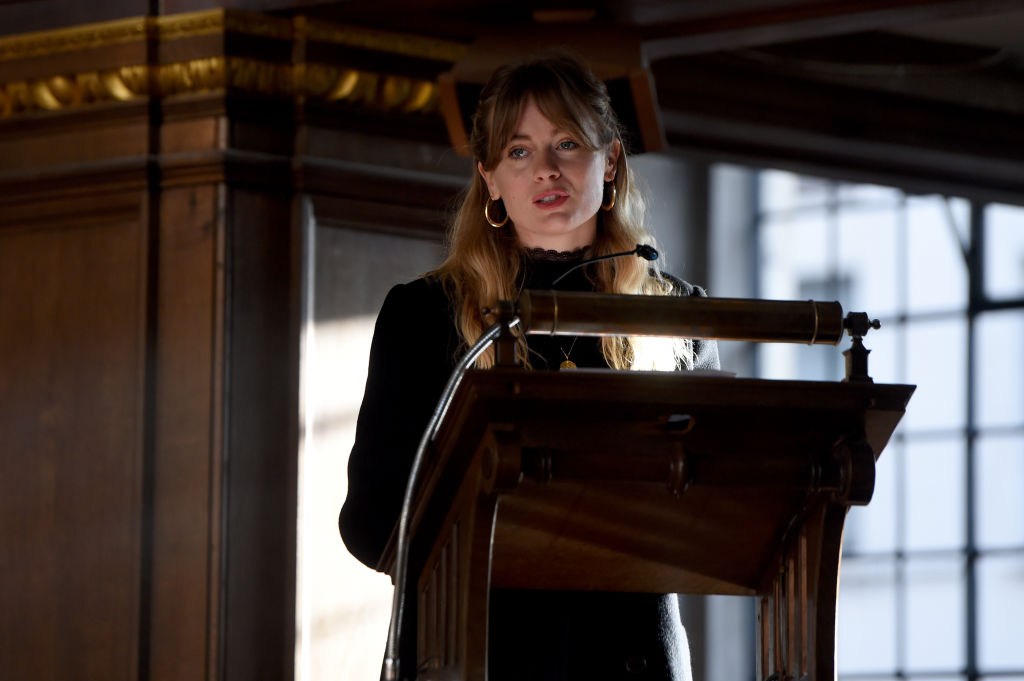







Leave a Reply